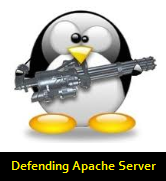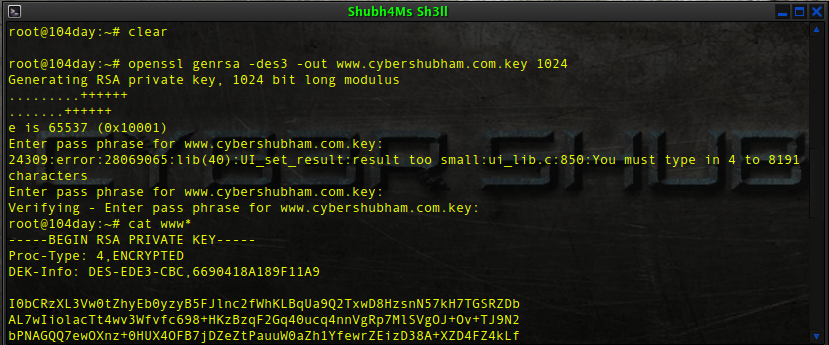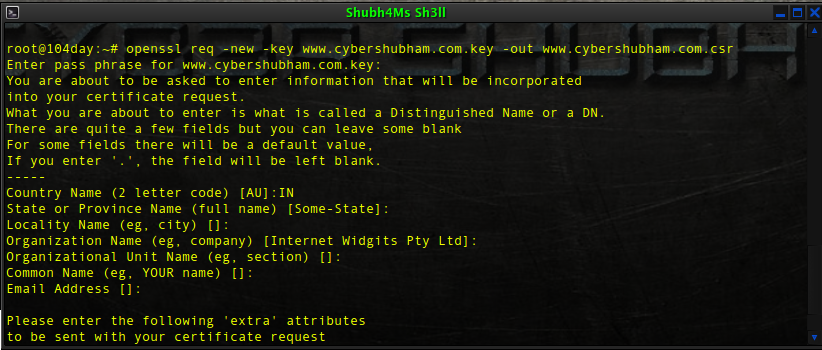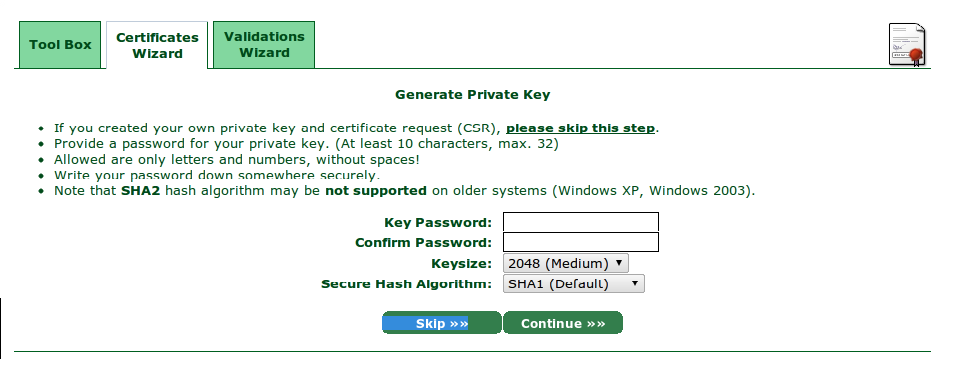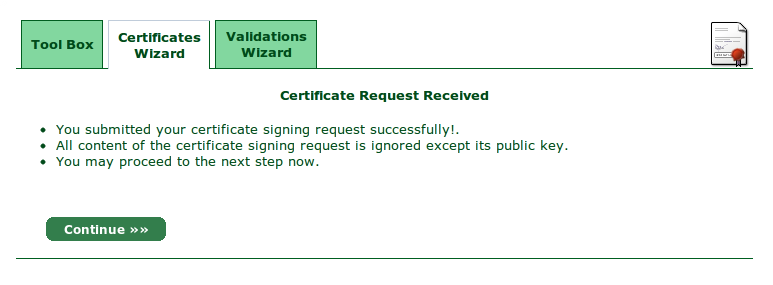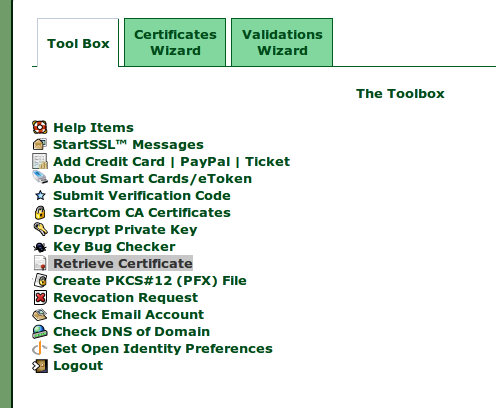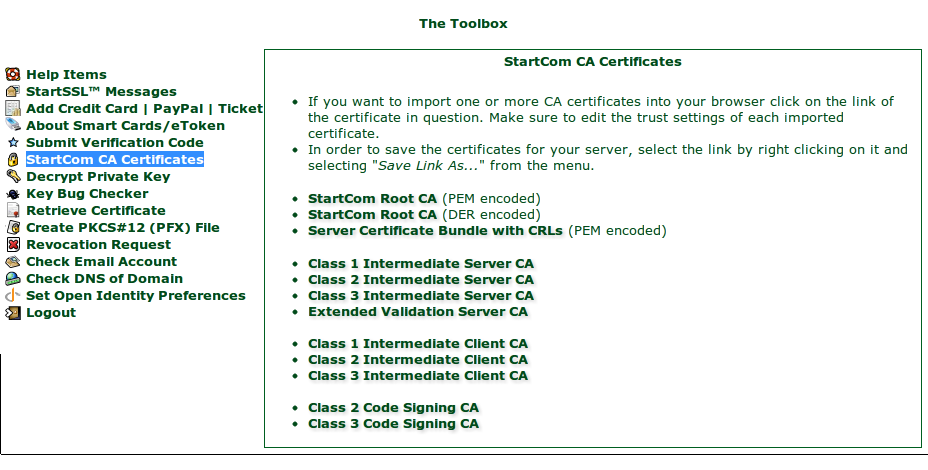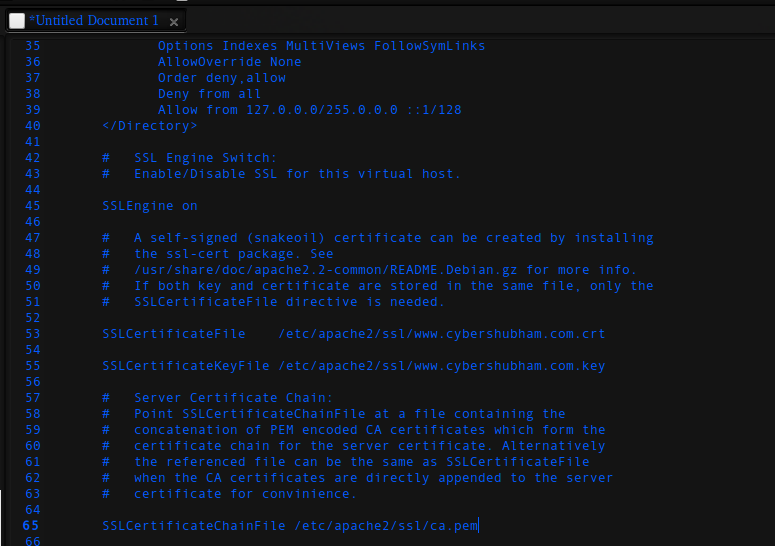Steps :
1. Boot the machine from Windows XP bootable CD.
2. At the setup screen, select R to repair using Recovery Console.
3. Now the console program will prompt you to select the Windows folder (eg. C:\WINDOWS) where the Windows is installed (you need to enter a number from the list of folders shown to you).
4. Type 'HELP' (without single quotes) and press enter for available commands. This is like a DOS program, but some features are not available
5. Change the current directory to the user's directory where you want to backup.
6. Type 'CD "C:\Documents and Settings\X"' (without single quotes) and press enter. Where X is theusername.
7. Now the current directory will change to "C:\Documents and Settings\X".
8. Now change the directory to Desktop by entering 'CD Desktop' (without single quotes) and press enter to go to the desktop folder.
9. Type 'DIR' (Without single quotes) and press enter, you will be listed all the available files in Desktop.
10. Type 'COPY a.doc D:\BACKUP' (without quotes) and press enter, where a.doc is a file available in Desktop and the folder D:\BACKUP available to copy the files.
11. As in step 7,8,9,10 you can backup other folders like "My Documents", "My Music", etc.
12. Note that you cannot use wildcards for COPY, i.e. you cannot copy all the files in a folder at once. You must copy one file by one.
Before doing this, try changing the password to blank so that you can access the data from another machine to easily drag and drop to copy your data.
Any data not backed up will be permanently deleted when you re-format the hard drive, so make sure you back up any thing you want to keep.
Requirement:
A Bootable Windows XP CD







